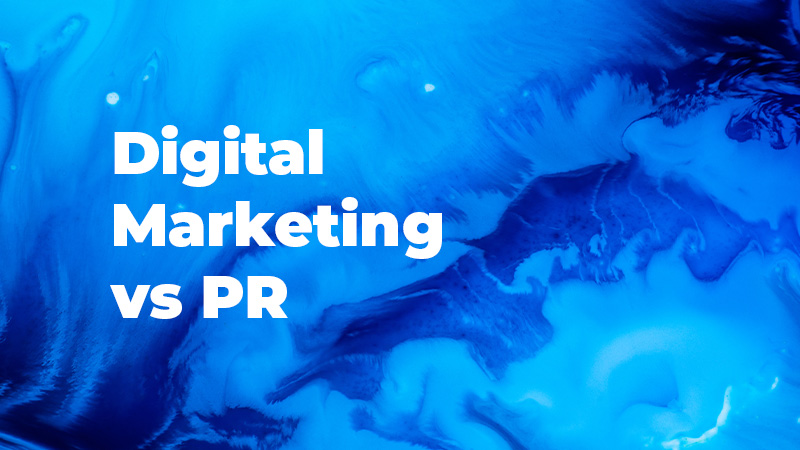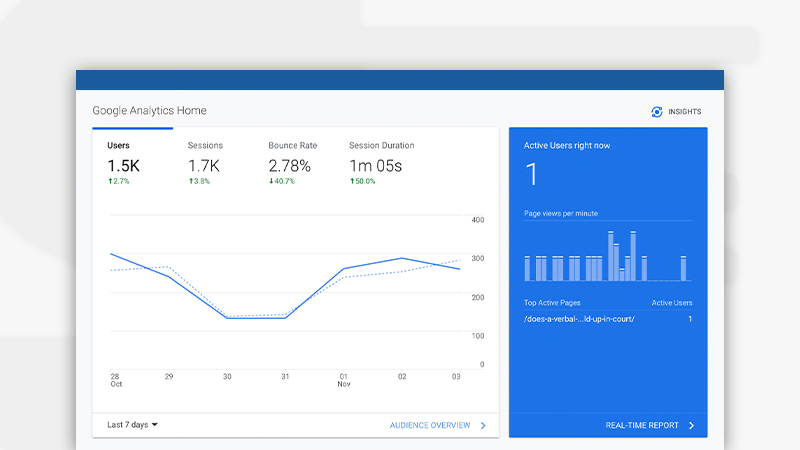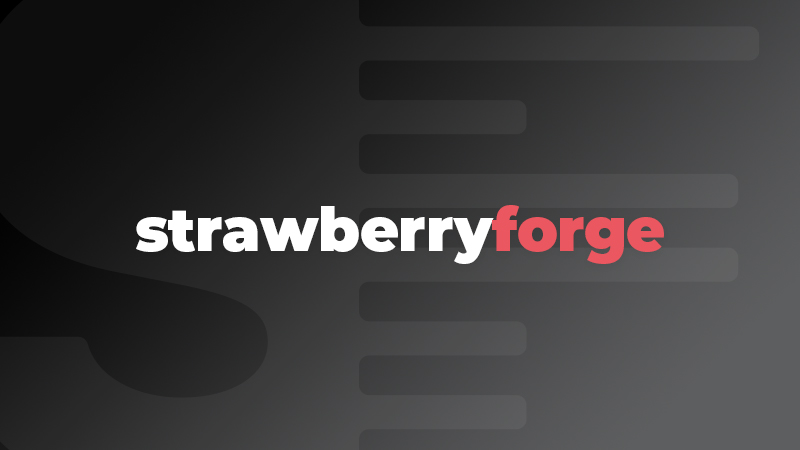Anyone in marketing will tell you the importance of offers being featured as part of a website, and this is because they often open the doors to lead generation.
If a website was to not include an offer, the site visitors, who are potential customers, wouldn’t have any way of being converted into a lead. They’re a crucial tool for nurturing existing leads into a position which makes them more sales-ready.
However, I think it’s pretty fair to say that, the word ‘offer’ is pretty vague, and who succinctly decides what an offer actually is, and whether it’s any good or not? (Well, that would be you). If someone is asking for information online, they may expect to have someone call or email them, so people are likely to see this as being pretty high value to them, and this is where your offer comes in. Because the concept of an ‘offer’ can be perceived as being vague, I’m going to take you through what contributes to an offer, and why you could benefit from having one on your website.
What Is an Offer?

An offer is usually something which you give to your online visitor, and is typically free. As we’ve already mentioned, an offer sounds fairly broad, and that’s because it absolutely is. However, this is for good reason, and works in your favour as it can be just about anything you want it to be, but the most popular types are eBooks, white papers, and checklists.
If your product is a little higher in value, you could offer less tangible offers like an SEO audit. Whichever route you decide to go down, the main thing is, that it’s valuable for your website visitors, and it’s something they’ll be able to benefit from. Your offers should turn your business into the go-to company that your visitors will immediately go to when they’re in need.
Other forms of popular offers are also available, and you won’t be short for ideas…
- Webinars (live and archived)
- Slideshows
- Industry Case Study
- New Industry Research
- Templates
- Free trials
- Product demonstrations
- Coupons
And more.
What Contributes to a Good Offer?

Even though all of the options we’ve listed above are all good options, there are a number of values that an offer should have for it to become ‘effective’ for lead generation, I’ve picked out my top three…
High Quality to Your Target Audience
What you need to bear in mind is that you’re asking someone visiting your site to complete a form in order to get hold of your offer, so the value needs to be strong enough to convince them to fill out the form. However, especially in more recent years, people don’t like to give up their contact details too easily, and so capturing them as a customer may come with a little bit of resistance.
So, if you start to put very average offers behind your forms, your business will start to get known for bad offers that aren’t worth the form completing! Basically, an offer is seen to be valuable if it addresses the problems, needs and interests of your potential customers and target audience. This value could also mean different things for offers used in different parts of the sales process.
It Goes Hand-in-hand with the Products or Services You Offer
A sound marketing offer will complement the products or services that your business sells. The educational eBook may not be that focussed on how great your products are, but it should address concepts which align with your paid offerings.
Catch the Right Buyer at the Right Time
A truly great marketing offer is also going to take into account the individual’s point in the sales process, as well as the buyer persona’s particular interests. How this comes into play is in lead nurturing campaigns, and how you decide which calls-to-action (CTA) takes place where on your site. If you are using lead management software, then you are able to collect essential pieces of information about your potential customers, that will aid you to segment your leads into nurturing campaigns which are going to be based on their buyer persona, their point in the sales process, and what you can determine their interests are based on their activity on the website.
Sending them offers that appeal to those interests is going to help you qualify a lead better before they get handed off to sales.
A similar concept applies to how you choose which calls-to-action should be placed on different pages of your website. For example, if you were to partake in conduct analysis that shows that your blog is typically how most new visitors find you, you can infer that many people who are landing on your blog, are first-time visitors to the site.
Therefore, it’s a good idea to place CTAs for offers on your blog, so that the people who are just entering the top of your funnel know a little bit about your company. However, a visitor on a product page for example, probably suggests someone who is much closer to a purchase. What might be more valuable to those types of visitors is a CTA for something like a free product trial.
How Should You Provide an Offer, then?

What type of offer completely depends on the type of company you have, and what services and products you provide. Let me explain the process…
Calls-to-action (CTAs)
This is probably the most important piece of the puzzle. A CTA is the gateway of your offer, and it’s placed on your website or blog to present your offer to the visitor. It’s a button-like image which puts your offer out there and invites the visitor to click on it in order to access and download the offer.
An important piece which needs consideration is where to place the CTA on your website. Strategically, it makes more sense to put CTA near or within similar content so they are available to those who would be interested in that specific offer.
The Landing Page
After a potential customer clicks on a CTA, they are going to be taken to a landing page which is the last chance you’ll have of converting them into a lead. It’s very important to emphasise the value of your offer on the landing page, along with the benefits of the landing page. It will also include a form where the prospect can give their information in order to download the offer.
The Forms
This is where a potential customer will enter their information, and once they submit, they’ll be able to access the offer. Creating a form is a science, because as a business, you’re wanting to gain as much information about this person as possible in order to provide a better marketing experience for them.
However, the person who wants your free offer will need to believe that the amount of information they are giving up is worth the offer they’ll be gaining. If they do believe that the offer is worth it, they’re going to be more willing to give out their details.
The Thank You Page and Email
Once the person in question has submitted the form on the landing page, they will be taken to the thank you page, thanking them for downloading the offer, along with the offer itself. Additionally, the email does the same thing, it’s just another way to get your offer to your prospect and makes it easier for them to access again in the future.
So, Do You Really Need an Offer?

Well, if you’re not providing offers on your site at the moment, how have you collected your visitors’ information and details? Perhaps through e-newsletters, online orders, or your generic contact forms on the ‘Contact Us’ page.
If you don’t provide online ordering though, the chances are that the only information you receive is a name and email address, and from there, all you can really do is send them emails about very basic information which is not tailored to their interests at all.
A big component of inbound marketing is tailoring your content to your visitors. By providing offers that are going to be relevant to your visitors’ needs, they’ll be more encouraged to give you their personal information, which is going to be like gold dust for you and your company.
By learning these different things about your visitor, it allows you to guide them into becoming a definite customer, and then you’ll be able to continue offering them products or services. Really, an offer is a type of high-quality assessment that is given to your prospects in trade for them to give you their personal details which you need to transform them into returning customers.
So, I’d say, if this sounds like something that your business can apply, do it. Right now. Go!







